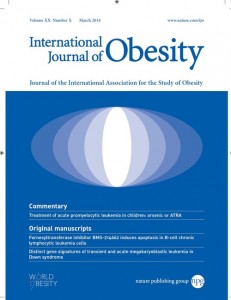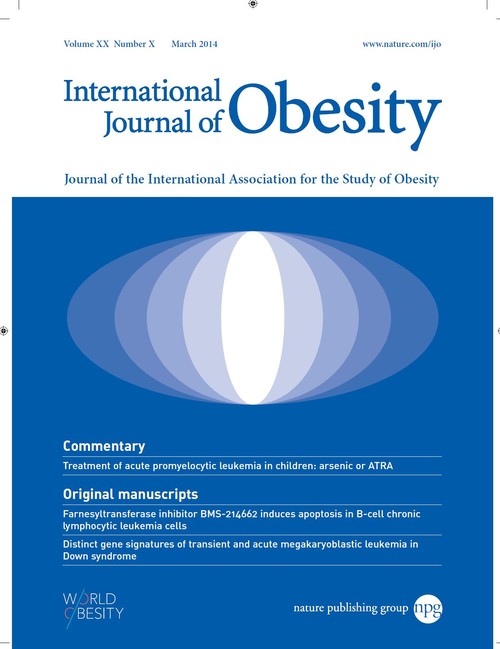The risks of developing type 2 diabetes for South Asians – long known to suffer from substantially higher rates of diabetes and heart disease – begins immediately at birth, according to new research.

The research from the South Asian Birth Cohort study (START), published in the International Journal of Obesity, is significant because it suggests South Asian women who minimize their risk of gestational diabetes and avoid excessive weight gain in pregnancy may help to prevent diabetes in their own children.
“South Asian pregnant women should be considered high risk for gestational diabetes and routinely screened in pregnancy,” says Sonia Anand, principal investigator and a professor of medicine and epidemiology and Heart and Stroke Chair in Population Health Research at the Michael G. DeGroote School of Medicine at McMaster University.
“Prevention may be an important way to break the transmission among generations,” she says.
Continue Reading Below ↓↓↓
Researchers compared nearly 800 pregnant South Asian and white Caucasian women from Peel Region and the city of Hamilton.
While the South Asian mothers–who were smaller in stature than their white counterparts–gave birth to significantly smaller babies, those newborns had more adipose or fat tissue, termed the “thin-fat” phenotype and a higher waist circumference.
“The increase we observed in fat tissue is clearly influenced by South Asian ethnicity, the mother’s body fat and high blood sugar levels,” explains Anand.
“In addition, our research re-emphasizes the importance of diabetes prevention efforts in South Asians from very early childhood onwards, in order to reduce the eventual burden of diabetes and cardiovascular disease in South Asian adults,” says sstudy investigator Dr. Milan Gupta, associate clinical professor of medicine at McMaster University and medical director of the Canadian Cardiovascular Research Network.
The START study researchers have now recruited an additional 1,000 South Asian mothers and their babies in the Greater Toronto region for further study. They are also involved in a collaborative study in Bangalore, India where they will compare rural and urban groups, which will then be compared to Canadian urban South Asians.
Researchers also intend to examine how growth in the first year of life may influence future risk of elevated glucose and other cardiovascular risk factors.
Source: McMaster University
Journal: International Journal of Obesity











